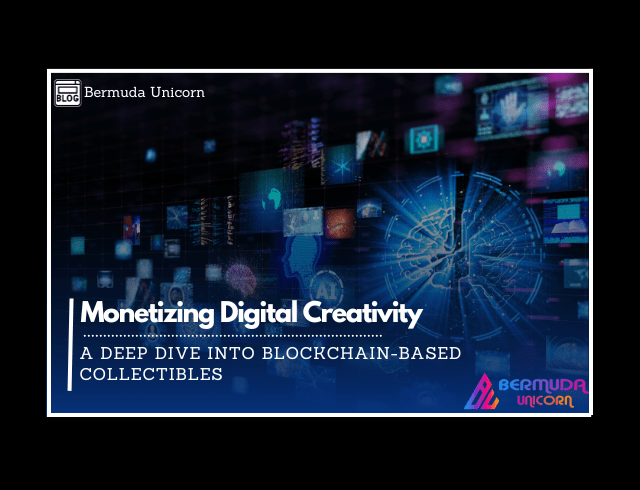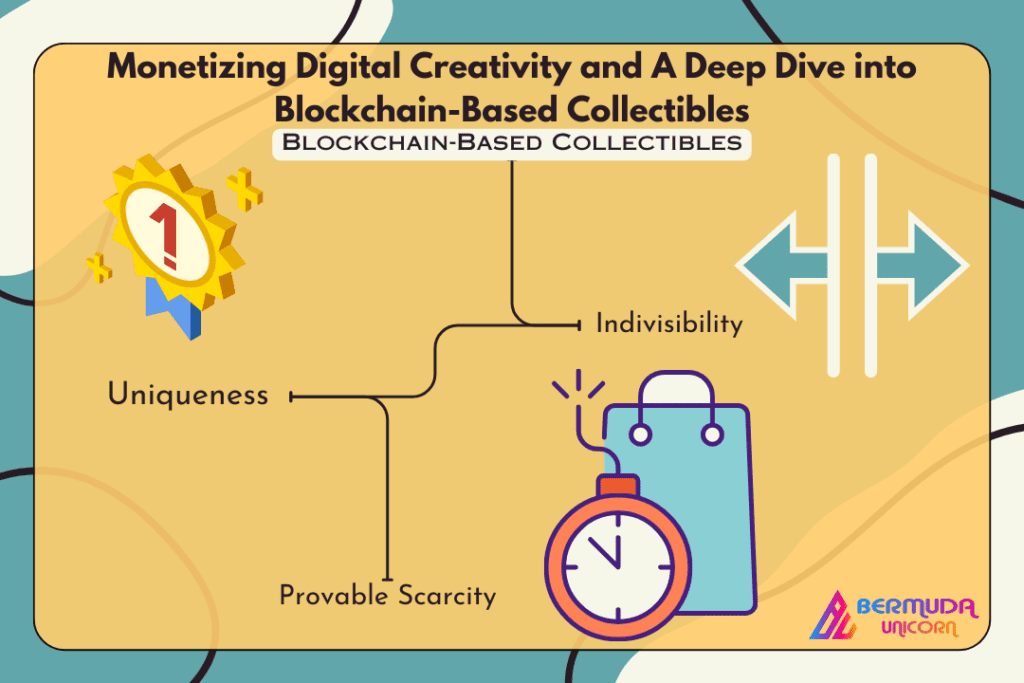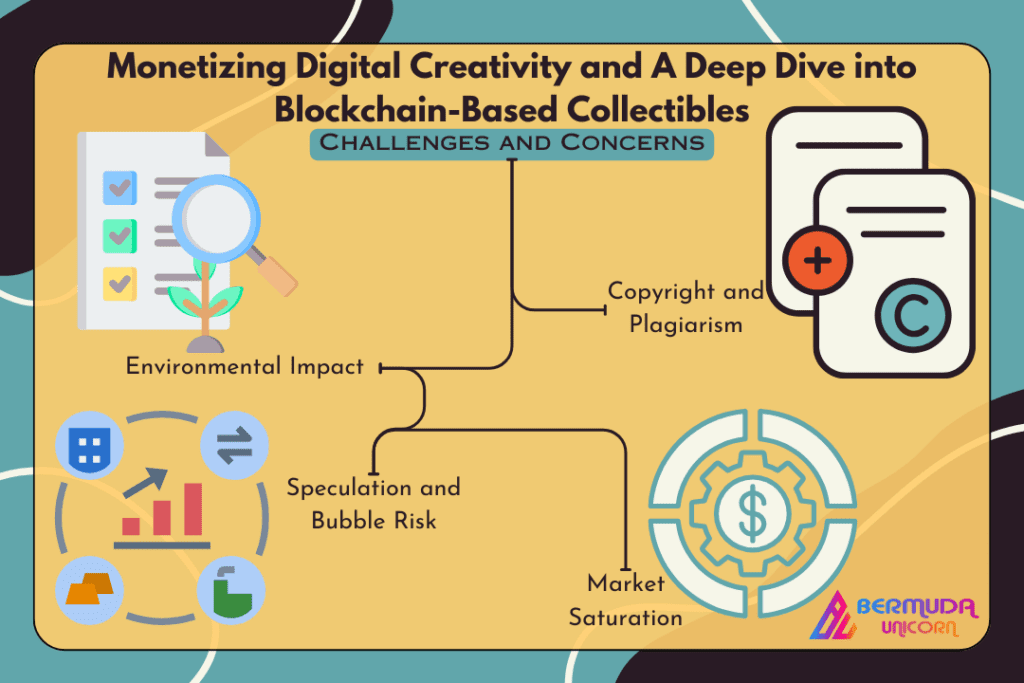

Introduction
The digital age has brought forth a renaissance of creativity and artistic expression. From digital art and music to virtual worlds and NFTs (Non-Fungible Tokens), artists and creators have found new avenues to showcase their work and monetize their talents. Among the most intriguing developments in this space is the emergence of blockchain-based collectibles, which have the potential to revolutionize the way we perceive and trade digital art and assets. In this blog, we’ll explore the world of blockchain-based collectibles, how they work, and the implications they hold for the future of digital creativity.
Blockchain Basics
Before we dive into blockchain-based collectibles, let’s get a basic understanding of blockchain technology. A blockchain is a decentralized and distributed ledger that accurately records transactions across a network of computers. These transactions are organized into “blocks,” with each block being connected to the preceding one, thus creating a chain. This technology is most famously associated with cryptocurrencies like Bitcoin, but it has far-reaching applications beyond digital currencies.
Blockchain-Based Collectibles
Blockchain-based collectibles are digital assets or tokens that are unique, indivisible, and have provable scarcity. These tokens, known as NFTs, are stored on a blockchain and represent ownership of a specific digital item, whether it’s art, music, video clips, virtual real estate, or even tweets. The key features of blockchain-based collectibles are:
1. Uniqueness:
Unlike cryptocurrencies, where one Bitcoin is interchangeable with another, NFTs are unique. Each NFT has distinct metadata that sets it apart from any other token.

2. Indivisibility:
The characteristic of indivisibility is inherent in NFTs, which means that they cannot be fragmented into smaller portions. You either own the whole token or none of it. This feature aligns well with the concept of collecting, where owning the complete, original item is essential.
3. Provable Scarcity:
The blockchain records the total supply of a particular NFT. Also, his scarcity drives value, as collectors are willing to pay more for rare items.
Monetizing Digital Creativity
Blockchain-based collectibles offer creators a novel way to monetize their digital creations. Here’s how:
1. Direct Ownership and Provenance:
NFTs provide a transparent and immutable record of ownership, ensuring that the creator gets paid whenever their work is sold or resold on secondary markets.
2. Smart Contracts:
Creators can set up smart contracts to receive a percentage of the resale value, known as royalties, every time their work is sold again, incentivizing them to continue creating.
3. Global Reach:
The digital nature of NFTs means that artists can reach a global audience without the constraints of traditional art markets.
4. Collaboration and Licensing:
Artists can collaborate and license their work to other artists or brands easily. Also, new revenue streams are made possible by this flexibility.
Challenges and Concerns
While blockchain-based collectibles hold enormous potential, they also come with their share of challenges and concerns:
1. Environmental Impact:
The energy consumption of blockchain networks, particularly Ethereum, has raised environmental concerns. Many projects are exploring more eco-friendly alternatives.
2. Copyright and Plagiarism:
The ease of copying digital content poses copyright and plagiarism challenges. Proving ownership can be difficult without the blockchain’s help.

3. Speculation and Bubble Risk:
The recent surge in NFT prices has led to concerns about speculation and bubbles, with the fear that prices may not be sustainable.
4. Market Saturation:
As more and more creators embrace blockchain-based collectibles, the market may become saturated, making it challenging for new artists to gain visibility.
Conclusion
Blockchain-based collectibles represent a significant shift in the monetization of digital creativity. They offer artists and creators a transparent, secure, and potentially lucrative way to share their work with the world. While the NFT space is still evolving, its impact on the art, entertainment, and gaming industries is undeniable. As the technology matures and becomes more environmentally friendly, we can expect to see a continued surge in the creation and trade of digital collectibles, fundamentally changing the way we perceive and value digital art and assets.
Frequently Asked Questions (FAQs):
1. What is an NFT, and how does it differ from cryptocurrencies?
– NFTs are unique digital tokens representing specific digital items, while cryptocurrencies like Bitcoin are interchangeable and used as currency.
2. How do I create and sell NFTs?
– To create and sell NFTs, choose a blockchain platform, create a digital wallet, mint your digital content, and list it on NFT marketplaces.
3. What’s the environmental impact of blockchain-based collectibles?
– Some blockchains have high energy consumption, but efforts are underway to make NFT creation more eco-friendly with alternatives like PoS.
4. Can I resell NFTs after I purchase them?
– Yes, you can resell NFTs on NFT marketplaces or transfer them to others, and creators can earn royalties from secondary sales.
5. How can I ensure NFT authenticity and avoid copyright issues?
– Blockchain records ownership, ensuring authenticity. To avoid copyright problems, have legal rights to the content and use legal documentation. Many marketplaces help enforce copyright rules.